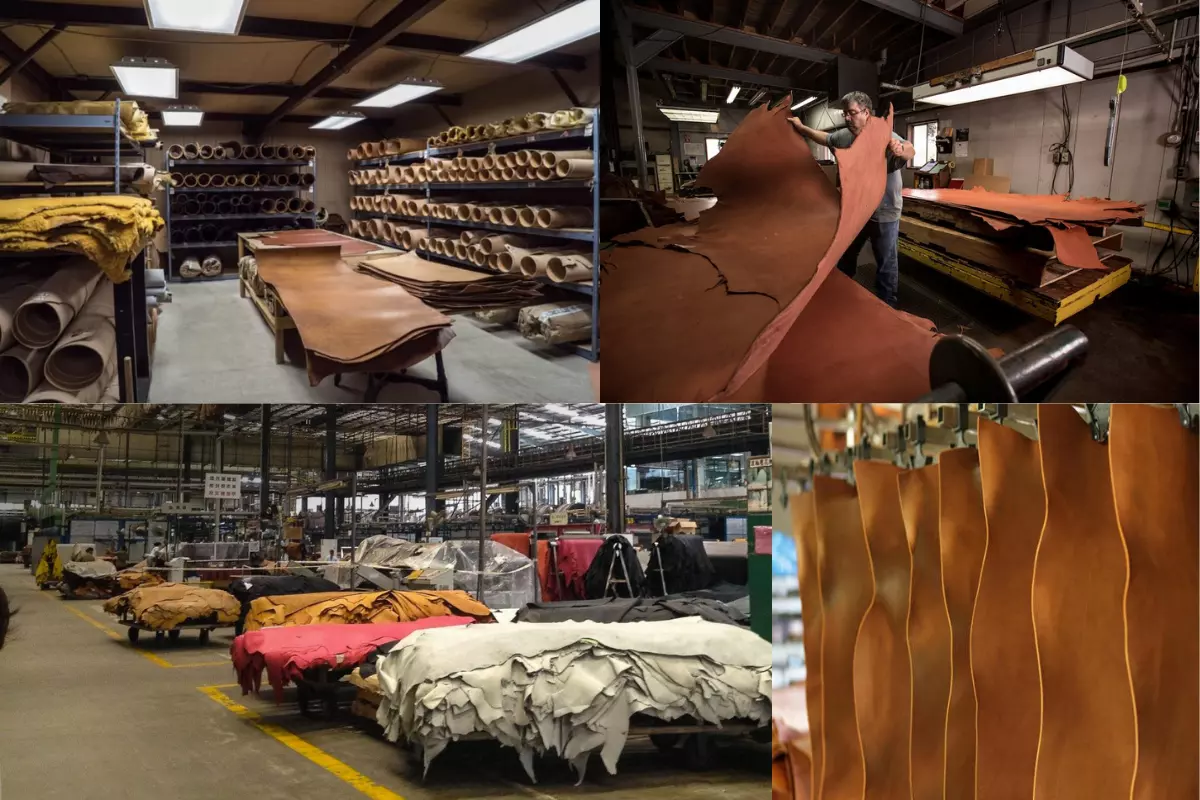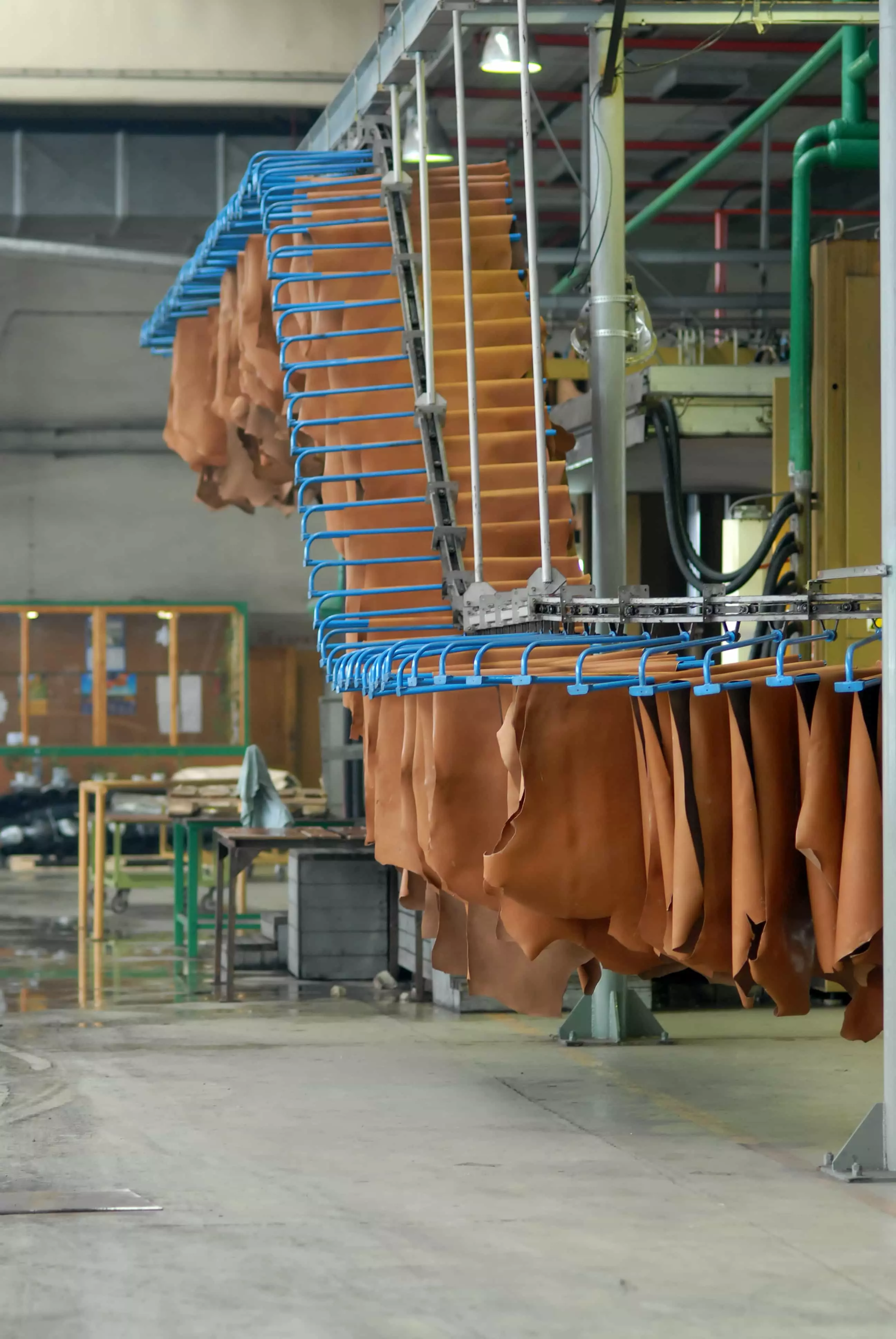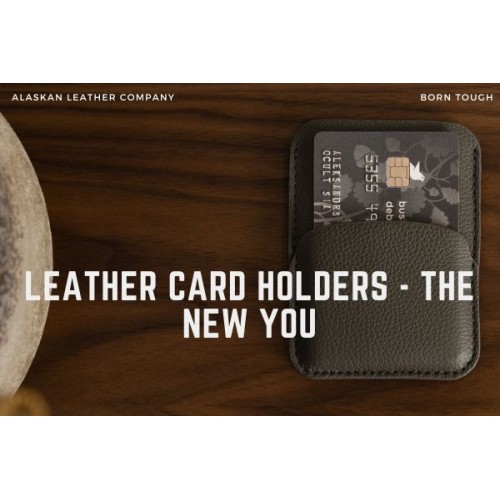Let`s admit that we live in an era mankind hasn’t witnessed before with respect to consumption, easy access and affordability of a broad range of products. But what`s more interesting is that we seldom consider the origins and processes that go into the manufacturing of these products and leather is no different. Leather products are in demand all around the world for their durability and powerful appeal. Leather bags, accessories and jackets are available in different designs and variety thanks to skilled leather artisans and designers. However, the process of manufacturing leather from an animal skin is of primary importance for usable leather to be available for that artisan/manufacturer to weave his magic on. This process has been in function since ancient times as the relationship of humanity with animals and their skin to produce leather products goes a long way back.

Tanning is an important part of this process which has gained much modernization with the passage of time from its ancient origins. We will have a look into the different phases of treatment of a hide from the time it gets removed from its native owner.
Removal from Animal and Salt Implementation
Salt is applied to the raw hide to ensure the skin doesn’t get rotten with bacterial growth. This salting removes the moisture content of the hide and makes it preservable for further processes in waiting to reach the finished product. This salt implementation is referred to as Curing. There are different modes of this curing process all of which are concerned with the different means of implementing salt on the skin to reduce water content of the skin and preserve it for the time being.
Soaking, Liming & Shaving
To move further with the aim of reaching the end product, the salted skin is moved towards the Soaking process where the skin is soaked in clean water to remove salt. Certain anti fungus and anti bacterial elements are added in clean water during this process to ensure there is no such growth during this process. The wet hide is then moved towards Liming where it`s dipped in a lime solution coupled with certain sharpening agents. This liming treatment removes the hair and keratin. Any further fat, unwanted fiber, hair etc. that is left over is removed manually after liming.

Deliming, Bating and Pickling
A skin removed from hair goes through further processes of Deliming, Bating and Pickling all of which aim to reduce the acidity level of collagen, further soften the skin and prepare it for sufficient and easy penetration of tanning agent (which ever may be used) into the skin. The pickled hide is then moved towards the Tanning process (whichever different one may be used) after which the skin arrives at the Crust form or the ready to use form of leather. This crust form can also be referred to as the first usable form of leather as it cannot be affected by fungus or bacterial growth and is ready for color dyeing and further post tanning product manufacturing processes.
The Tanning Process
Tanning is the process where a hide after its initial treatment processes mentioned above is introduced to tanning agents in order to achieve a crust that’s flexible and usable for coloring/dyeing and manufacturing leather products. Below are two widely used methods of tanning.
Vegetable Tanning
Also known as Veg Tan to leather manufacturers, this mode of tanning uses plant based natural tanning agents. This is the highly preferred form of tanning nowadays given that it gives the finished crust a distinct personality. A harder form of crust is derived from this tanning process which takes much longer to arrive at as compared to when other tanning methods are used. There is a range of such tanning agents derived from the stems, leaves, roots of plants and trees. Different regions in the world use vegetable tanning methods that are based on vegetable tanning agents dominant in their areas since generations. This method is costlier and provides expertise on the part of leather craftsman to deal with the crust that’s achieved after Veg Tan process.

Chrome Tanning
This is the easier mode of tanning which gives you a more flexible crust in much lesser time duration as compared to vegetable tanning method. The chrome tanned skin is greyish blue or blue in color. Chrome derived tanning agents are used in this tanning method which are absorbed by the hide during the process making the hide resistant to water, bacteria or fungus and ready for product manufacturing which is the aim of any tanning process. This is a less costly procedure and provides a crust that is easier to play around with in terms of cutting, dyeing/coloring etc.
Hybrid Tanning Processes
With greater research into leather tanning ingredients and experimentation with other material available, a mix of tanning solutions has also been developed using alternative chemicals such as aluminum, titanium, iron etc. which gives you the best of both forms of above mentioned dominant tanning processes.
Conclusion
Tanning is an age old process of obtaining the desirable form of leather which can be used in manufacturing products. With rapid industrialization and modern advancements in technology, this process too has seen much advancement and variety in techniques, equipment, formulas and tanning agents used to tan the leather hide in order to achieve the desired result. If one has to provide a summary headline on the topic, it could be said that tanning is the process which readies the semi treated animal skin for conversion into the finished products that we use in our daily lives and is therefore a critical and central pivot point of the leather manufacturing industry.



